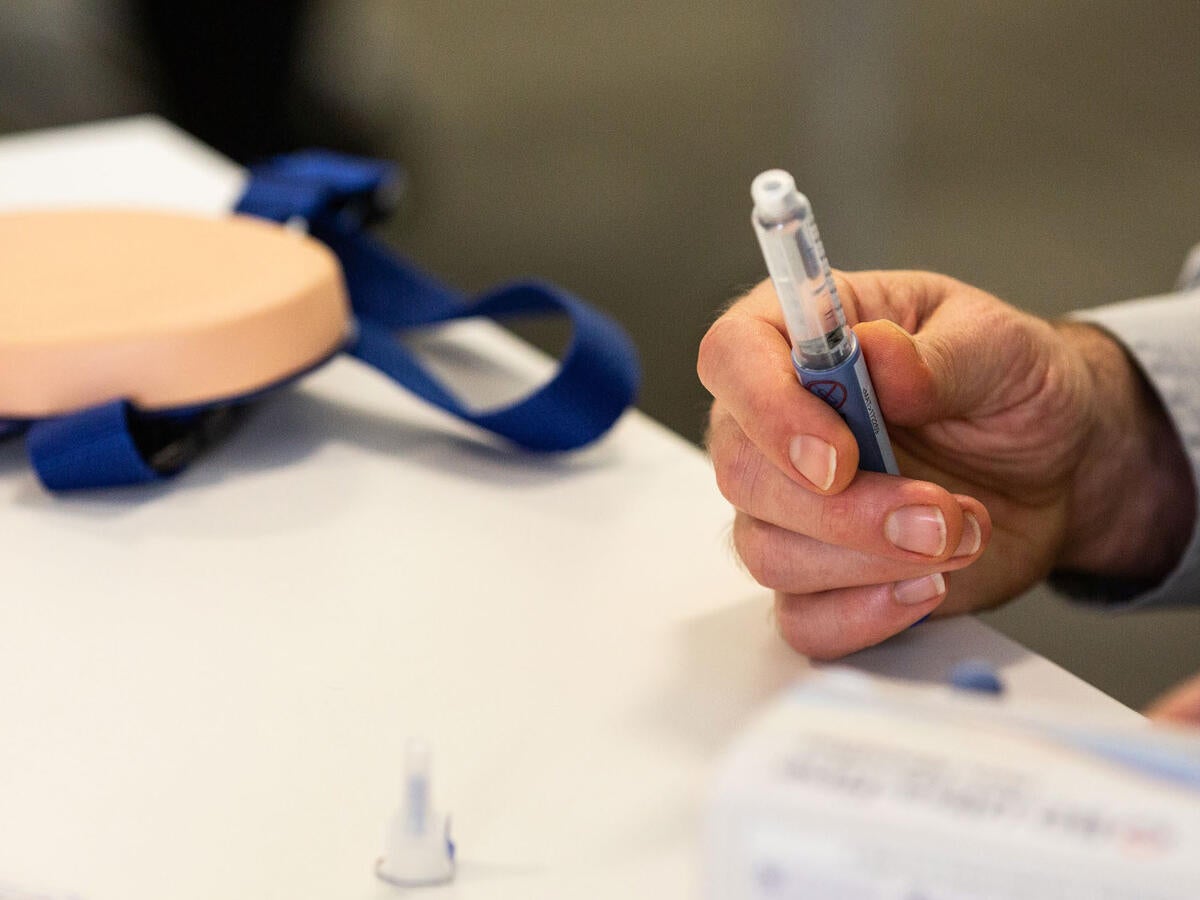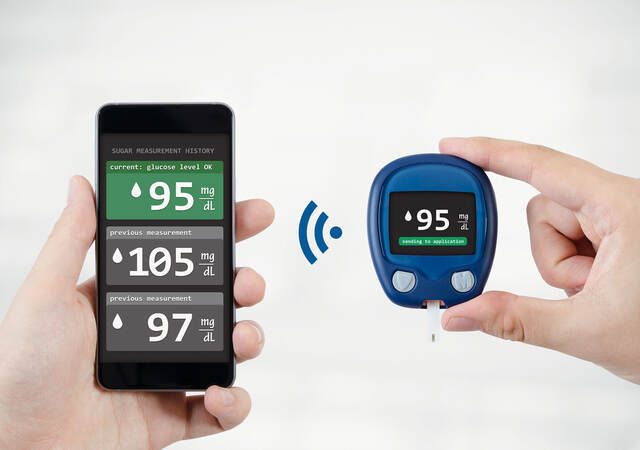Human factors validation testing documentation
Human factors (HF) validation testing requires robust documentation to demonstrate alignment with regulatory expectations and create a smooth testing experience.
These documents include:
Use-related risk analysis (URRA)
Use-related risk analysis to enable comprehensive identification of critical tasks for inclusion in HF validation tests.
Test protocols
Test protocols to guide the test and, in some cases, solicit regulator feedback on the proposed test method.
Test reports
Test reports that clearly describe use errors, close calls and difficulties and provide a robust root cause analysis.
Residual risk analysis
Residual risk analysis commentaries asserting that any residual use-related risk inherent in the device does not outweigh its benefits.
Each documentation type serves as a key input and is integral to achieving market access. Emergo by UL is well-versed in preparing these documents for the U.S. Food and Drug Administration (FDA), European Medicines Agency (EMA), China National Medical Products Administration (NMPA) and other global regulatory bodies.
Use-related risk analysis (URRA)
A foundational component of human factors validation testing documentation, the URRA identifies critical tasks and potential use errors that could lead to harm. This type of analysis is required by the FDA (2016 Guidance), IEC 62366-1:2015 Medical devices Part 1: Application of usability engineering to medical devices (standard) and EU Medical Device Regulation (MDR).
This analysis, as outlined in Appendix A of the FDA’s final HF guidance, should include:
Users, uses, use environments and training
Defining differences that could affect results.
A description of the user interface
Including labeling and use sequences.
Known use issues
This could include known issues for similar devices.
Use-associated hazards and risks
Assessment of potential harms from identified risks.
A summary of preliminary analyses and evaluations
Previous testing results, if any.
Critical tasks
Elements such as dosing adjustments and device setup.
Use error ratings
Error ratings and their severity, associated with critical tasks.
Risk control measure
Includes items like design updates and labeling changes.
Practical documentation tip: For FDA compliance, explicitly map each critical task to user interactions in your prototype for traceability.
Common documentation challenge: Avoid vague risk descriptions like “user may make a mistake.” Instead, specify exact failure modes like “user misinterprets low-battery alert” to demonstrate actionable risk mitigation.
Robust test protocols
The test protocol serves as the blueprint for your validation study. It can be shared with the FDA in pre-submission communications for feedback about their expectations.
A test protocol typically includes the following information:
Participant criteria
Including sample size justification, recruiting methods, training and demographic requirements.
Test environment
Specifying simulated use conditions, real-world settings and test materials and supplies.
Evaluation activities
Includes planned use scenarios and knowledge tasks, prioritized based on the URRA results.
Data collection methods
Such as video recordings, observer notes and surveys.
Analysis and reporting approach
This includes the result metrics used, their evaluation mode and final report organization.
Regulatory insight: Incomplete protocols or protocols with ambiguous success/fail criteria are often flagged.
Why it matters: A meticulously prepared protocol facilitates smoother FDA interactions and reduces potential queries during submission, saving time.
Human factors validation test report
This report is the backbone of an HF regulatory submission, it demonstrates to regulators that a device is safe and effective for use.
This pivotal submission document must comprehensively capture:
Observed use errors and close calls
Including rare occurrences.
Root cause analysis
Such as ergonomic flaws or ambiguous labeling.
Mitigation strategies
Design revisions, added safeguards and other safety-related changes.
Practical documentation tip: Strengthen your findings with direct participant quotes like “The alarm was too quiet to hear in a noisy ER.” Regulators prioritize this type of qualitative evidence when assessing real-world usability.
Common documentation pitfall: Never omit near-misses, document even subtle hesitations or confusions, as these may reveal latent risks. A participant struggling to locate the power button, even if ultimately successful, could indicate the need for design improvements.
Residual risk analysis
The residual risk analysis provides the critical justification that any remaining use-related risks are acceptable when weighed against your device's clinical benefits.
This definitive assessment requires:
Clear cross-referencing to human factors validation testing results and URRA findings.
Evidence-based clinical rationale for unresolved risks, including dated entries with the issue and resolution.
A formal benefit-risk statement co-signed by human factors engineering specialists and clinical experts.
Regulatory insight: The FDA may scrutinize whether this analysis reflects true multidisciplinary collaboration. Include documented input from both design engineers and treating physicians to demonstrate a comprehensive risk evaluation.
Why it matters: This analysis often determines regulatory approval. A compelling, data-driven justification can mean the difference between acceptance and requests for additional testing.
For more information on this topic, read “Residual risk analysis of user interaction problems” from Emergo by UL.
Why choose Emergo by UL?
Proven expertise
Hundreds of successful human factors validation testing submissions globally.
End-to-end support
Our services cover anything from protocol development to regulatory response.
OPUS™ software
Streamline human factors workflows with tools for risk analysis and documentation.
Need submission-ready human factors validation testing documentation?
Related content
- Best Practices for Engaging with the US FDA on Human Factors Strategy
- Developing HFE Strategies to Meet Global Regulations
- Knowledge Task Testing to Validate Instructions and Warnings
- Top 5 Dos and Don’ts - Human Factors Validation Testing of Medical Devices for FDA Market Access
- TalkingPoints: Human Factors and Usability of Medical Device News








